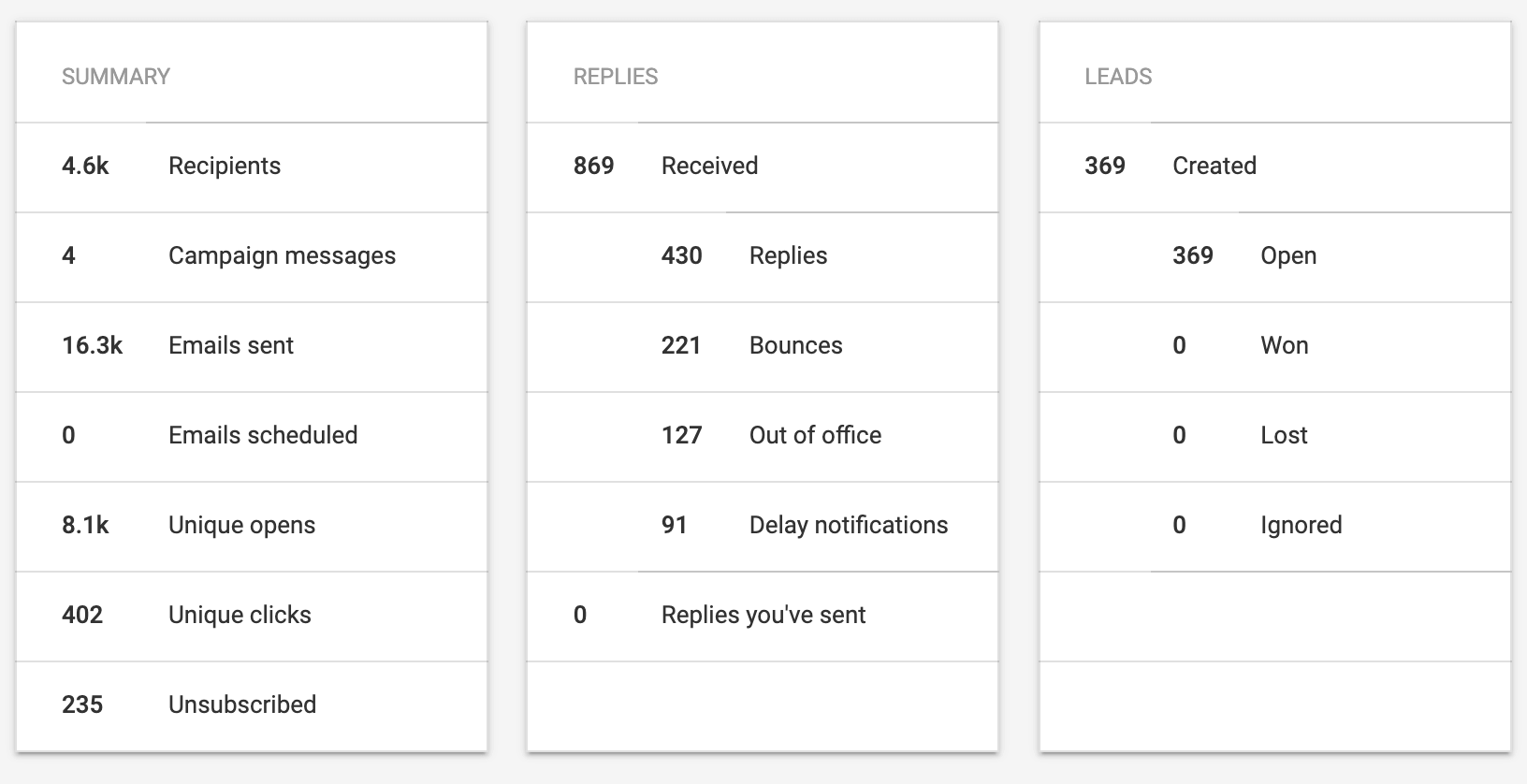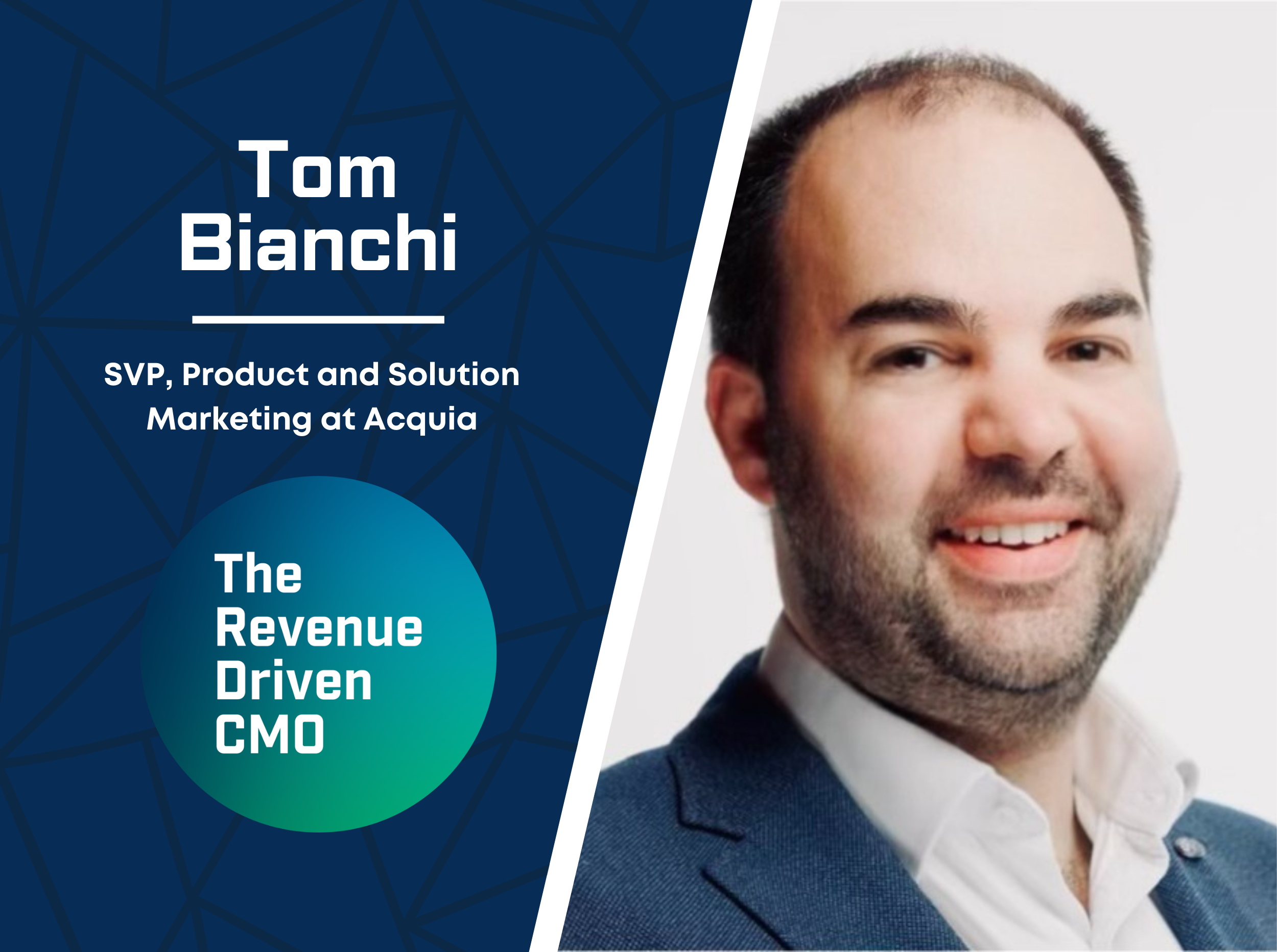
6 of the Best B2B Tech Marketing Tips to Get Customers Online
I asked digital marketing experts in the business-to-business tech and software industry to tell me all about the most successful B2B tech marketing tactic they’ve used to generate leads.
In addition, I asked for these experts to include specific data in their responses so you could verify their credibility. Let’s see what they had to say about how to succeed in the enterprise software market.
Launching a giveaway contest
I created a contest on our site, using our own internal tool, and then promoted it on all the relevant social channels. The winner of the contest received a free month of our service. This was great because we attracted only the most relevant users (consumers who needed us). We received hundreds of submissions. After announcing the winner, we messaged the rest of the contestants over the next three months and converted nearly 10% of the leads from the contest.
We had nearly 300 people sign up for the contest, which got them on our email list. We were expecting many unsubscribes, but after checking 6 months later, we found that 74% of the people who signed up were still on there!
To make sure users loved our emails, I constantly A/B-tested different email marketing tactics, and I believe I’ve found a good solution for our audience.
I make sure to always put the user first, so I include useful tips for them. For example, “Here’s what you and your peers are working on this week.” Or, “Your questions answered: top community concerns and how to overcome them.”
Dana Roth
Head of Marketing
Video marketing
I’ve marketed my own B2B SaaS business and now help many other companies via a B2B SaaS marketplace of sorts.
For companies that want to drive high-quality leads that convert, there is no better channel than video. In particular, I’ve found that bite-sized informative videos that create an emotional connection between the viewer and the brand are effective at converting.
I do a two-minute whiteboard video each week that explains some aspect of HR or recruiting that I’ve learned. This video shows my brand, engages a relevant audience, and generates plenty of earned media as many industry blogs will pick up on these videos and share them.
In the first quarter of doing this strategy, I booked $40k in new revenues while spending $0 and about 10 hours of my time. Beyond directly attributable revenues, this content has created speaking opportunities, links back to our blog, and many brand impressions.
For promotion, it was nothing too crazy—I just leveraged my existing social media and email newsletter. Then, since the content was good enough to be shared, a few blogs started syndicating the content on a regular basis. I would also bring on guests who had a following and have them share my content once in a while. You can learn more about this strategy in my lessons-learned blog post.
Phil Strazzulla
Founder
Give the best content away for free
One thing we believe in deeply is giving away as much free content as possible as a lead generation tool. Doing so helped us to see a 200% increase in signups for 30-day free trials of our software from 2018 to 2019.
These signups are the leads that our sales team uses to bring new clients on board permanently. This content addresses all parts of the marketing funnel from top to bottom.
Our top-of-funnel content is generally lighthearted and entertaining but still informative. We also create and promote mid-funnel items like whitepapers, ebooks, and data-driven studies on a consistent basis to increase potential customer interest in our brand and our project management software. Our bottom-funnel content is targeted at potential customers who have searched for a high buyer-intent term related to our niche. This content is full of direct language and calls to action to encourage trial signups.
Each form of content has been effective at building the part of the marketing funnel it was intended for, and all of it is 100% free. By delivering our thought leadership to the project management space without expecting anything in return, we’ve gotten a huge ROI.
Kris Hughes
Senior Content Marketing Manager
SEO
Use SEO to showcase yourself as the solution that your users are looking for.
At DashThis, most of our traffic and leads are generated through SEO. We’ve been working on an SEO strategy for about four years now, and articles from back in the days are still providing leads regularly.
What we do is find typical questions that a user of our tool may have. Then, we write a blog post, landing page, or any other useful content that will answer the user’s questions. This piece of content has to, of course, be relevant, SEO-optimized, useful, well-written, but also has to offer an easy-to-implement solution, our software.
It shouldn’t be salesy, just providing information on how to do something that just so happens to mention that our tool is the best way to achieve what you’re looking for!
In 2019, our traffic and leads increased by more than 300%. In the past four years, our lead acquisition increased by a whopping 1000%.
SEO represents about half of our total revenue. We’ve been in the Growth 500 rankings two years in a row (ranking 58th and 64th) with approximately 1400% revenue growth over 5 years both times. So needless to say, our SEO and content strategy is bringing a lot of traffic, but also many leads, and most importantly, sales.
Marie Lamonde
Content Marketing Specialist
Artificially intelligent live chat and influence attribution
Two items that have made a significant impact on our marketing and sales are AI chat and influence attribution.
We found that online forms were slow and clumsy. This type of form created more work for our sales reps, as they spent a lot of time playing phone or email tag, only to learn that a user was already a customer or didn’t qualify.
Instead, we shifted toward AI chat instead of forms. This change alone resulted in 40% more demos scheduled for our sales reps. The bot was able to filter out current customers and get them to our support team, resulting in a lead quality increase of almost 84%.
The sales team was happy, the support team was happy, and marketing was now running much more efficiently. There are a number of chat AI companies out there, but the one we’ve had success with is Drift.
We’ve also found value in influence attribution. With budgets tight, we need to know where our marketing spend is going and how it’s influencing prospects. We, of course, tag everything we can with Google Analytics’ source, medium, and campaign tags. That gives us some attribution tracking.
But we’ve also implemented influence attribution tracking for as many assets as possible, both internally and externally. This feature gives us insight into what marketing items our prospects have interacted with along the sales funnel, as well as which ones have had the greatest impact.
This attribution has been more effective for us than relying solely on a last-source model. One example is our use of video. We found that as users interacted with our videos, they were more informed and ready for a conversation with our sales team. We saw the influence in our reports, and the sales team confirmed that on an anecdotal level. The company that we used to manage and track our marketing influence touchpoints is Strala.
Below is a high-level graph of our influence attribution tracking:

With our forms, we saw about 15% of our leads eventually move to a lead status of “not interested.” With our AI bot (or Rabbot, as we like to call him), that number dropped to 8%.
We also saw customers that wanted training who were accidentally requesting a sales demo instead of reaching out to our customer success team. When we used forms, 19% of all requests came from current customers. After optimizing our AI bot flow, we saw that number drop to 5%, and today, it’s nearly zero. We now know that current customers are getting to the correct resource without filling up our sales team’s calendar and queue.

Ben Nettesheim
Senior Director of Marketing
Personalized cold email marketing and Quora
While we have tested nearly a dozen different tactics, these two have risen to the top as the most effective for us.
The first was using a cold email sequence. I know, I know, you’ve heard lots of people talking about cold emails. I’m sure you even receive cold emails on a daily basis in your inbox.
What I’m talking about is a bit different. Using tools like BuiltWith.com, we can find websites that use certain technologies and applications. For example, one of our integration partners is Stripe. Naturally if you’re using Stripe, there’s a good chance that you’re selling a product or service online and face many of the challenges our solution helps to solve.
By exporting a list of websites using Stripe, and then finding the best contact from each of those sites, we’re able to harvest a small yet qualified list of prospects. From there, we drip out a sequence of three to four emails that are personalized with their name and mentioning that they’re using Stripe. Our open rates on these emails are anywhere between 50–75%, which is high and responsive compared to how most marketers approach cold outreach.
The second strategy was leveraging the traffic and organic rankings in Google for Quora.com. I’m sure you’ve seen that about 90% of question searches on Google have a Quora result on the first page. We’ll search for various topics, categories, and competitors on Quora and start to join the conversation, answering around 10 questions per day.
As you can see from the screenshot, Quora has delivered a steady flow of people seeing our answers, with a good number clicking our profile link and learning what we do:

One of the audiences that we reached out to were customers using ClickFunnels. Below are the stats from our cold email campaign.
Email #1:

Email #2:

Email #3:

Email #4:

Summary:

As you can see, we received a 44–55% open rate on every email. Out of the 369 leads that were generated from this campaign, we were able to generate 58 free trial signups, and 24 ended up being paid customers. So 16% took the free trial, and 41% of the free trials became customers.
Mark Thompson
Founder
PayKickstart, a popular shopping cart and affiliate management SaaS
Mark has been an online entrepreneur for 12+ years, teaching and selling software and training to other marketers and online business owners.
Conclusion
As you can see from these six examples, there are a variety of strategies that work in B2B marketing for software companies. I’m astounded by how much these strategies differ from one another, and yet how effective they have been for each business.
You may not have the resources or ability to try every one. That’s fine since it’s often better to dedicate your time to one tactic so it gets the attention it deserves.
So which strategy should you choose first for your enterprise software company? Our B2B tech marketing agency has various clients in this field, and Google ads, SEO, and giving content away (B2B tech content marketing) have worked the best. Using builtwith.com and video marketing can work, but they’re hit or miss.
Ultimately, every enterprise software as a service company is different based on the industry and market. With that in mind, you should choose what works best for your unique situation. With the right amount of dedication and patience, you may even be able to try out all these tactics over time and see what really kicks it off for your business.
What strategies have you tried so far? How did those pan out?
Most newsletters suck...
So while we technically have to call this a daily newsletter so people know what it is, it's anything but.
You won't find any 'industry standards' or 'guru best practices' here - only the real stuff that actually moves the needle.






